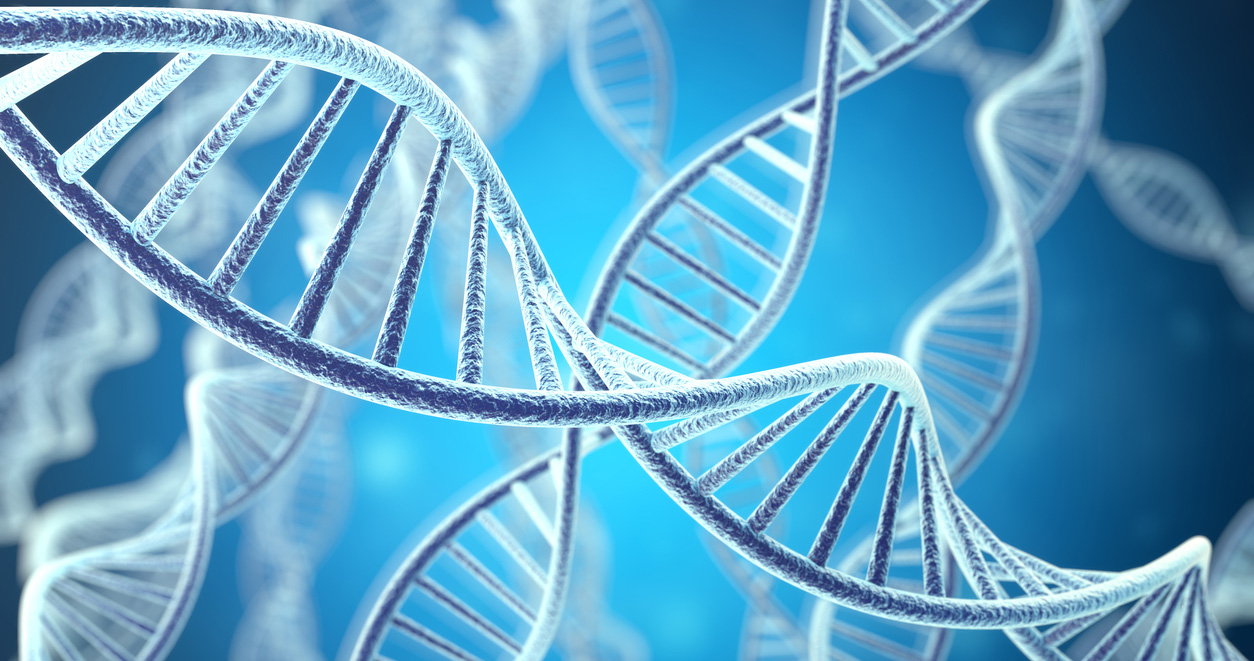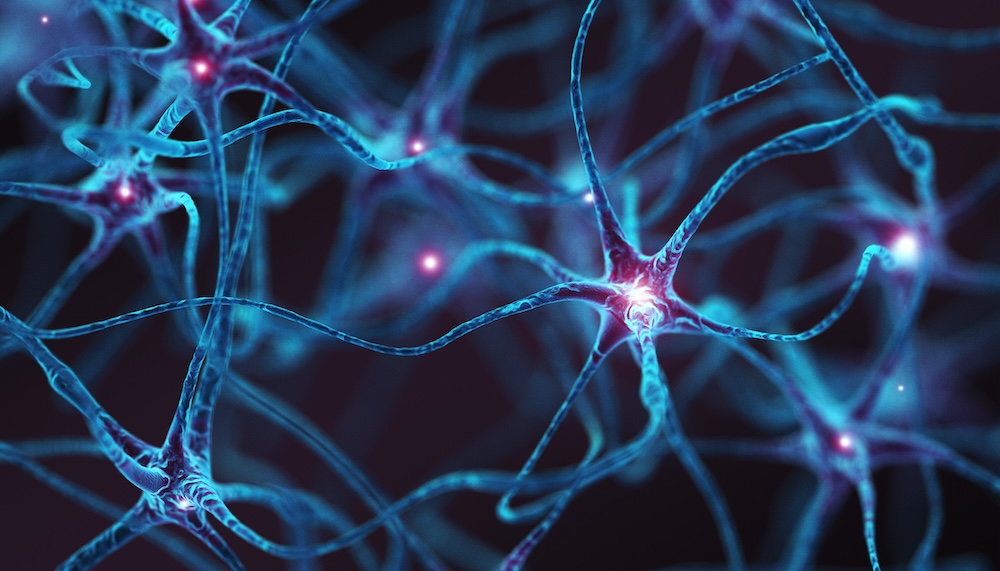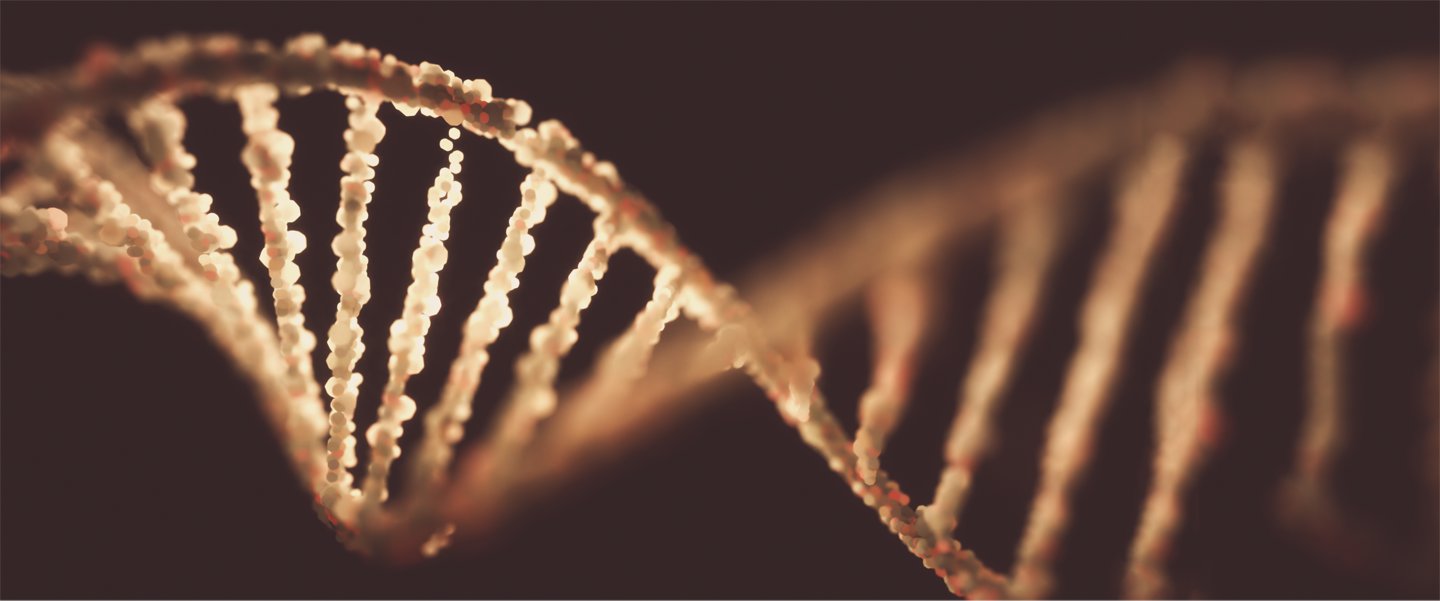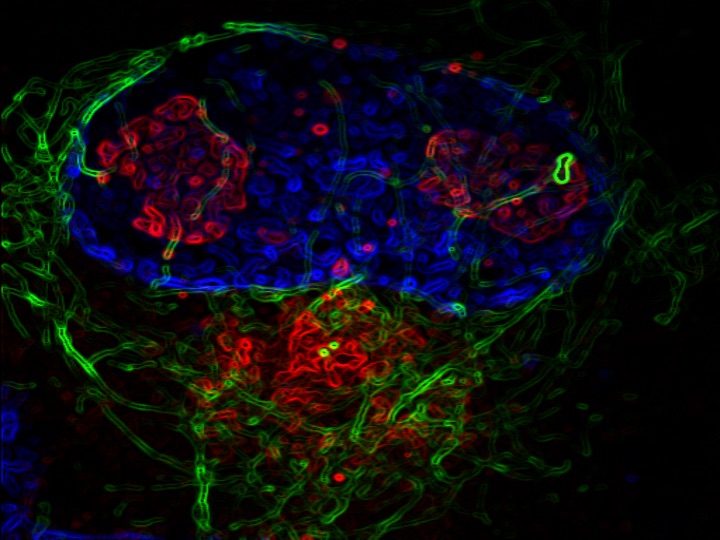Tag: Research
-
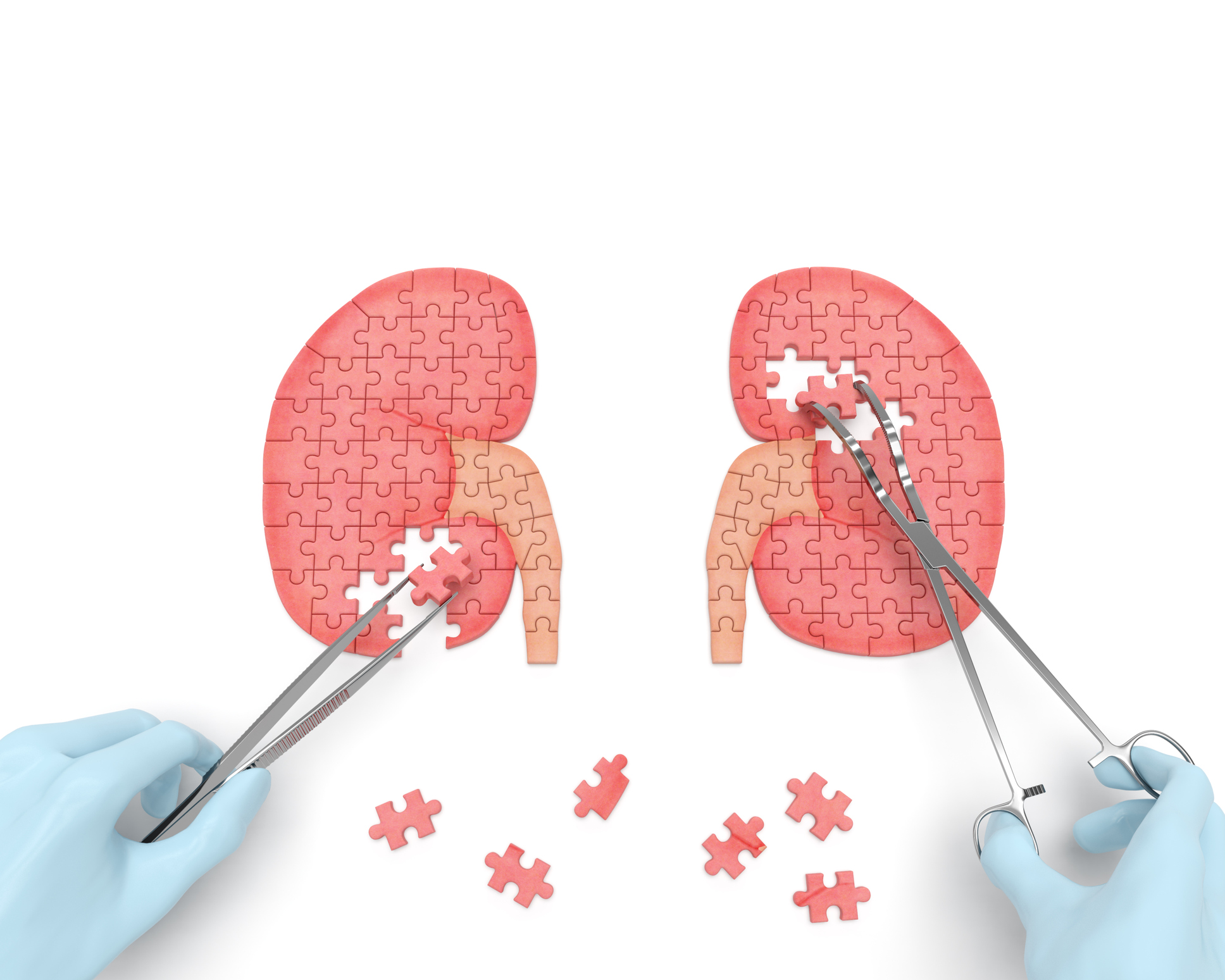
Mitochondrial Dysfunction Contributes to Kidney Disease
Lack of a receptor regulating mitochondrial metabolism was linked with kidney dysfunction including kidney disease, according to a recent study.
-
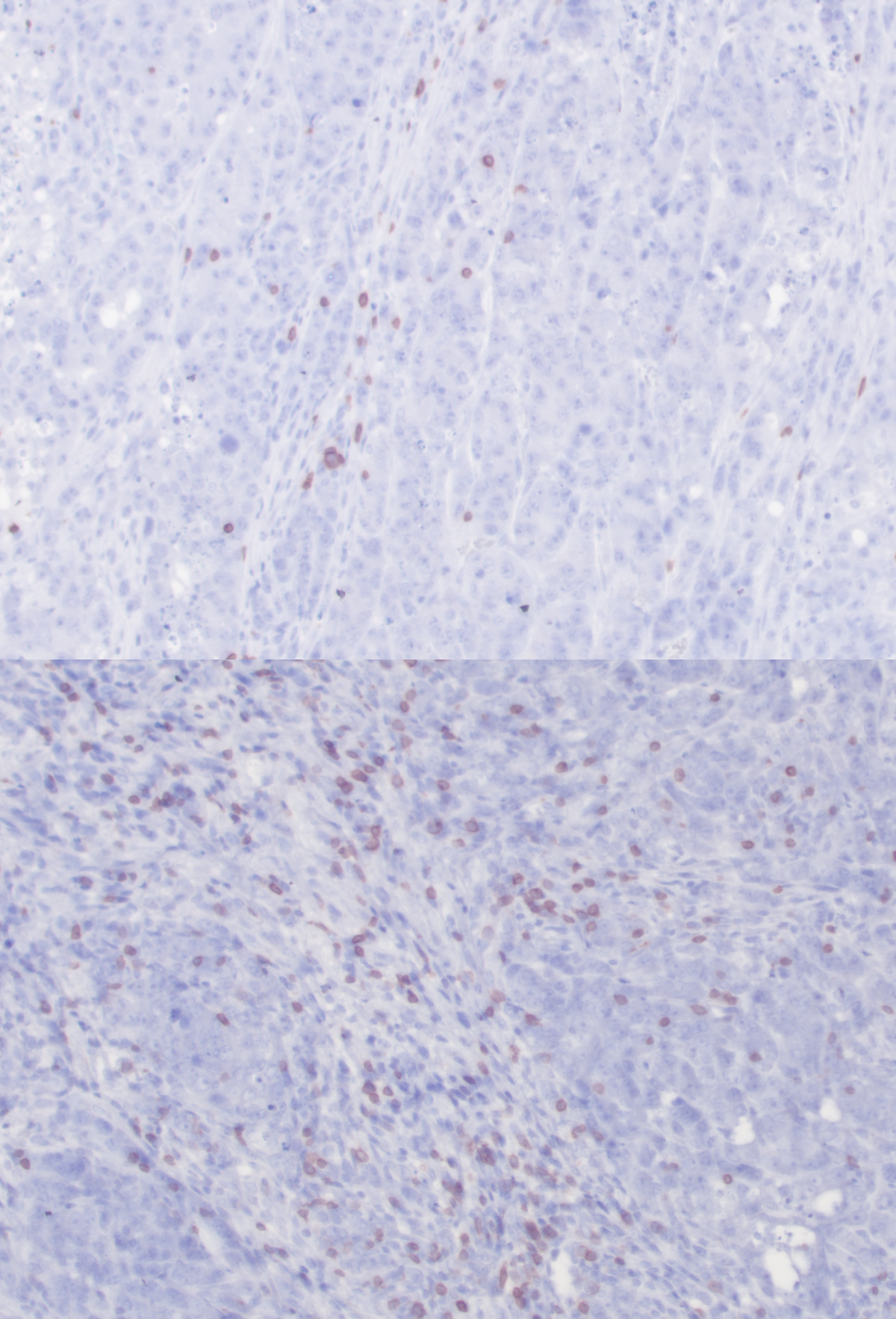
Rare Bacteria Boosts Immunotherapy in Prostate Cancer
A unique bacterial strain isolated from a patient with pelvic pain could be the key to treating prostate cancer with immunotherapy, according to a study published in Nature Communications.
-
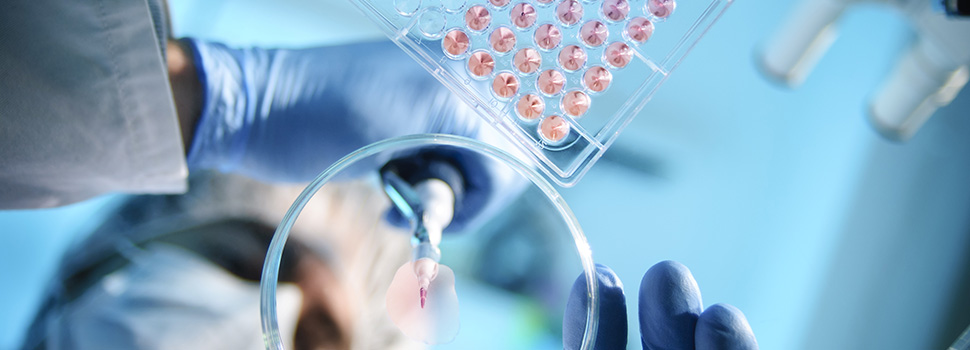
$65 Million Launches Lakeside Discovery LLC to Provide Tomorrow’s Solutions in Healthcare
Along with Deerfield Management, Northwestern has announced a $65 million investment and the launch of Lakeside Discovery, LLC, with the mission to accelerate the translation of transformative biomedical technologies.
-
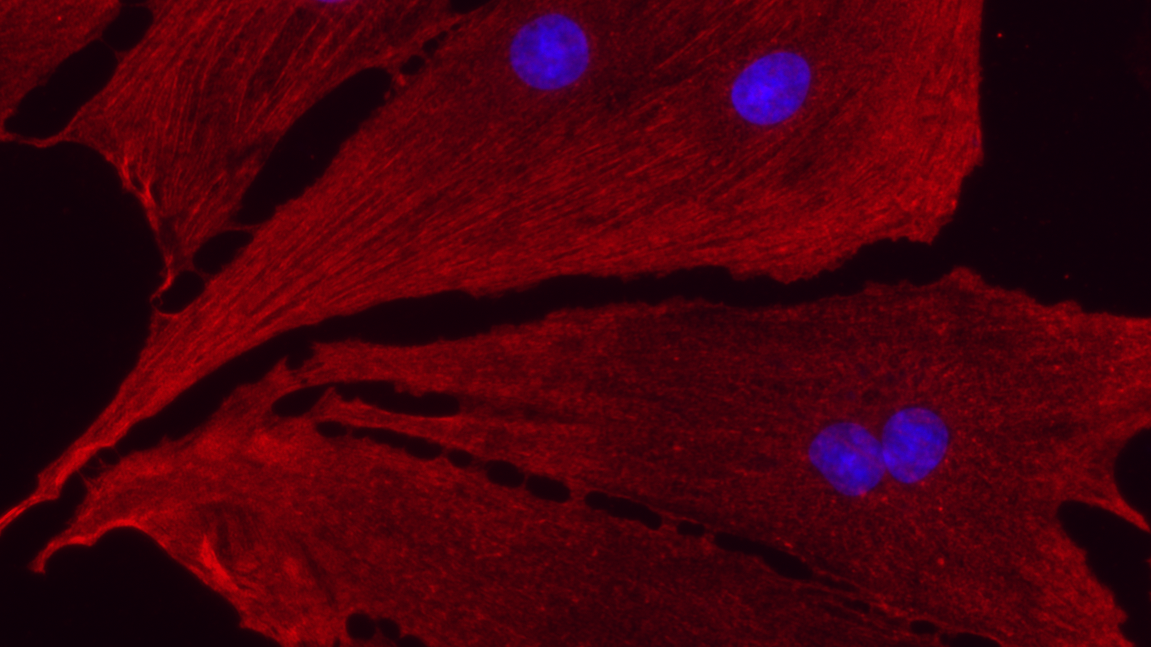
Taking the Lead in Cardiovascular Disease Research
Northwestern Medicine investigators are developing better treatments and care for patients with the most prevalent of diseases. Read the feature in Northwestern Medicine magazine.
-
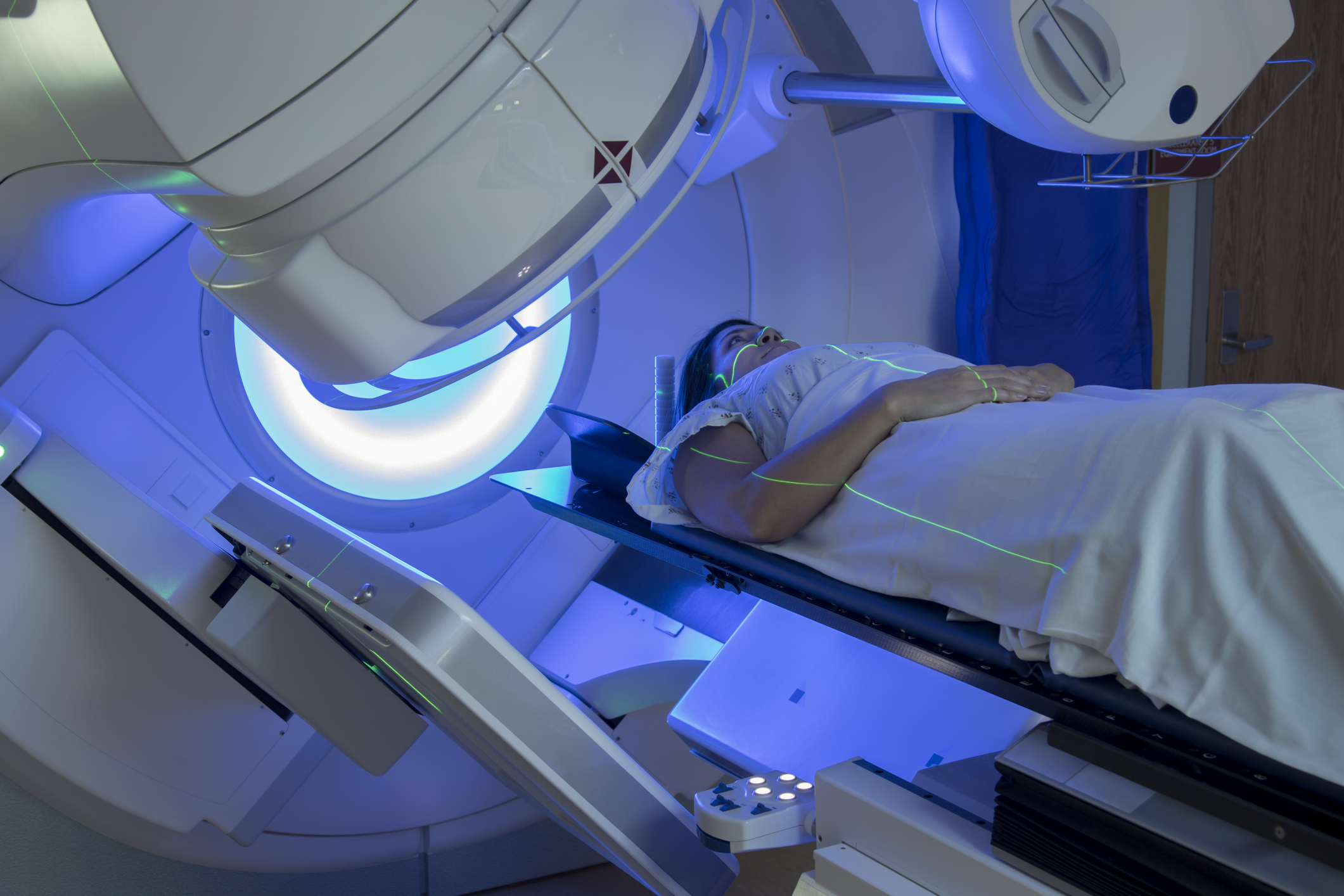
Resident Investigates Radiation Therapy Benefit in Breast Cancer
The presence of cancer cells in the bloodstream of patients with early-stage breast cancer may be predictive of benefit from radiotherapy after surgery, according to a new Northwestern Medicine study.
-

New Insights Into Nicotine’s Effect on Reward Pathways
A Northwestern Medicine study has expanded the understanding of nicotine’s influences on the brain’s reward pathway, with implications for the development of anti-addiction therapies.
-
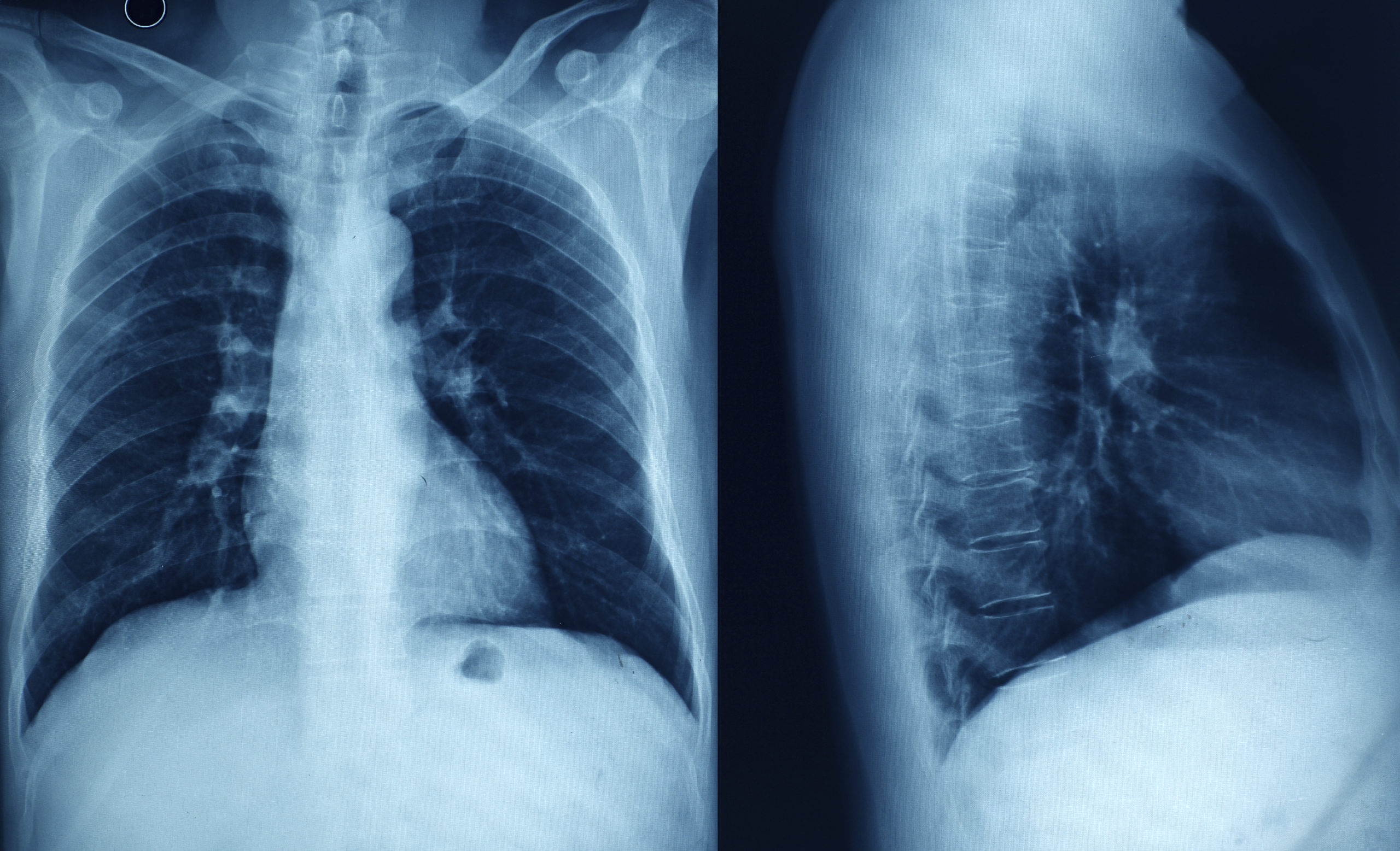
New Clues Found in Cause of Early Lung Transplant Failure
A team of scientists has uncovered the precise cells that flow into and harm the lung soon after a transplant. The study, published in The Journal of Clinical Investigation, may lead to drug therapies that target the destructive cells.
-
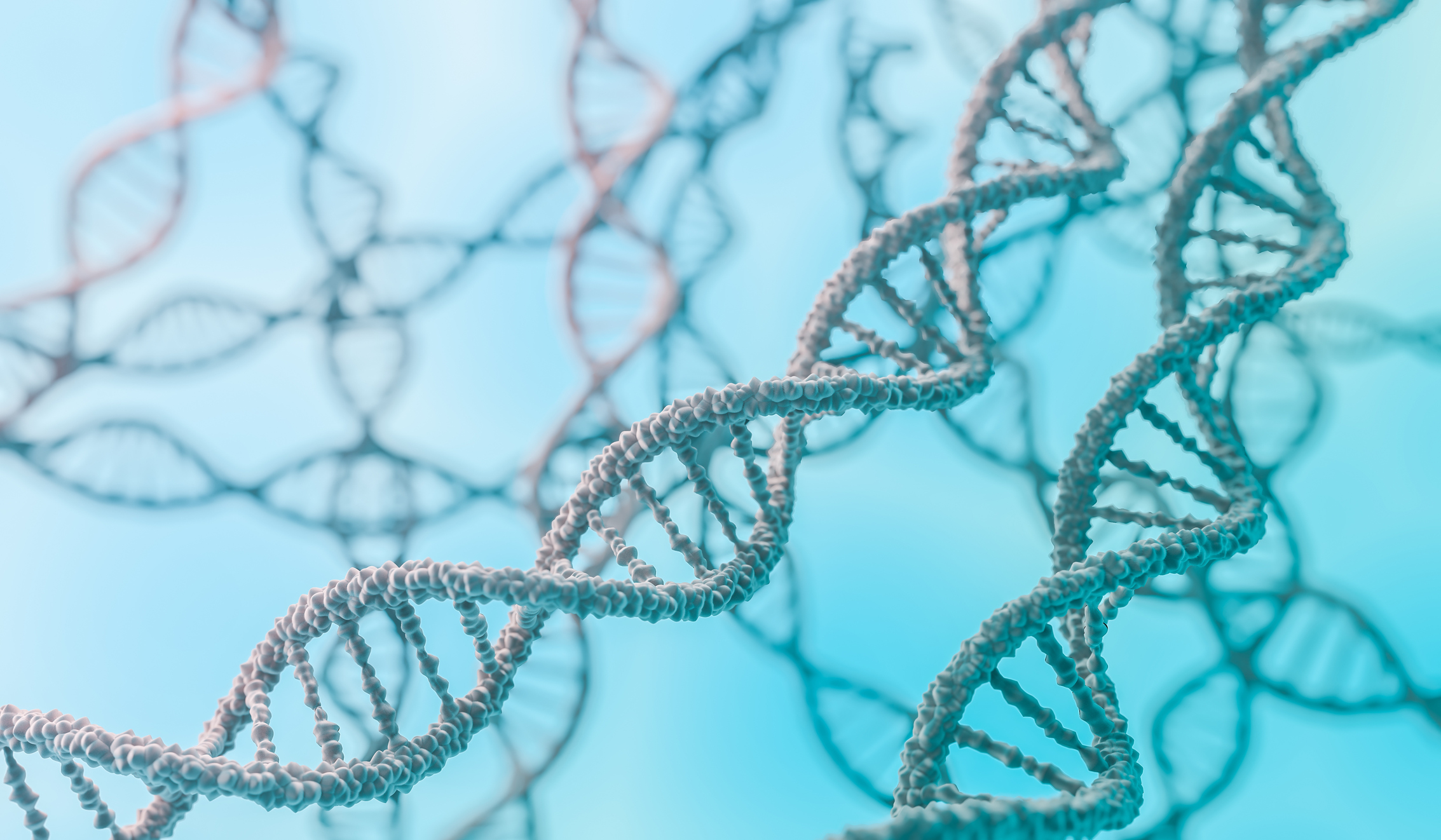
Investigating Family Genetics of Severe Epilepsy
A team of scientists has discovered that in children with epilepsy thought to be caused by a spontaneous mutation, about 10 percent of parents in fact carry the same variant in a small proportion of their own cells.
-
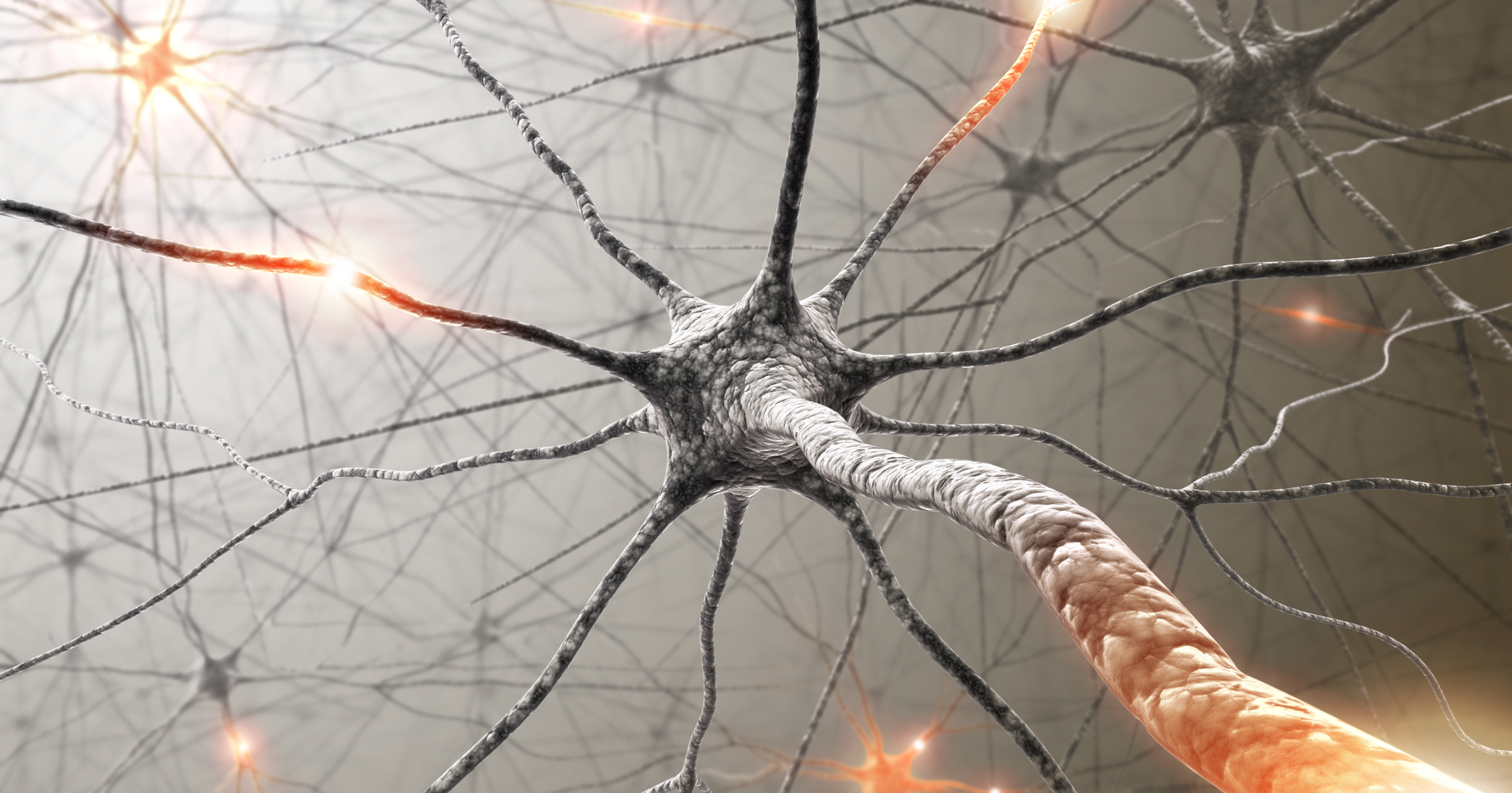
Early Synaptic Dysfunction Found in Parkinson’s Disease
Genetic mutations dysregulating synapse function contribute to a toxic cascade that leads to neurodegeneration in Parkinson’s disease, according to a Northwestern Medicine study.
-

Resetting the Epigenetic Balance for Cancer Therapy
Northwestern Medicine scientists have discovered an epigenetic imbalance that can lead to cancer, and used these findings to inhibit tumors in models.


